
Applying “Broken Window Theory” to your CMMS
When it comes to combating criminal behaviour, the “Broken Window Theory” is well known.
I believe it implies that the environment in which we live or work can influence our behaviour.
My interpretation of it is that when we initially encounter a minor problem, it may bother us but if we choose to ignore or tolerate it, that one small problem can become something we can live with and other similar occurrences won’t tend to concern us.
Later on, we may notice two or three smallish problems, which we may not like to see at first and may even be distressing to us but by electing to ignore or tolerate them, we are teaching our brains to become more and more tolerant of things that aren’t right.
We end up growing increasingly tolerant of larger quantities of larger problems, to the point where we can walk around an area we might live or work and feel perfectly OK with hundreds of minor and major problems all around us.
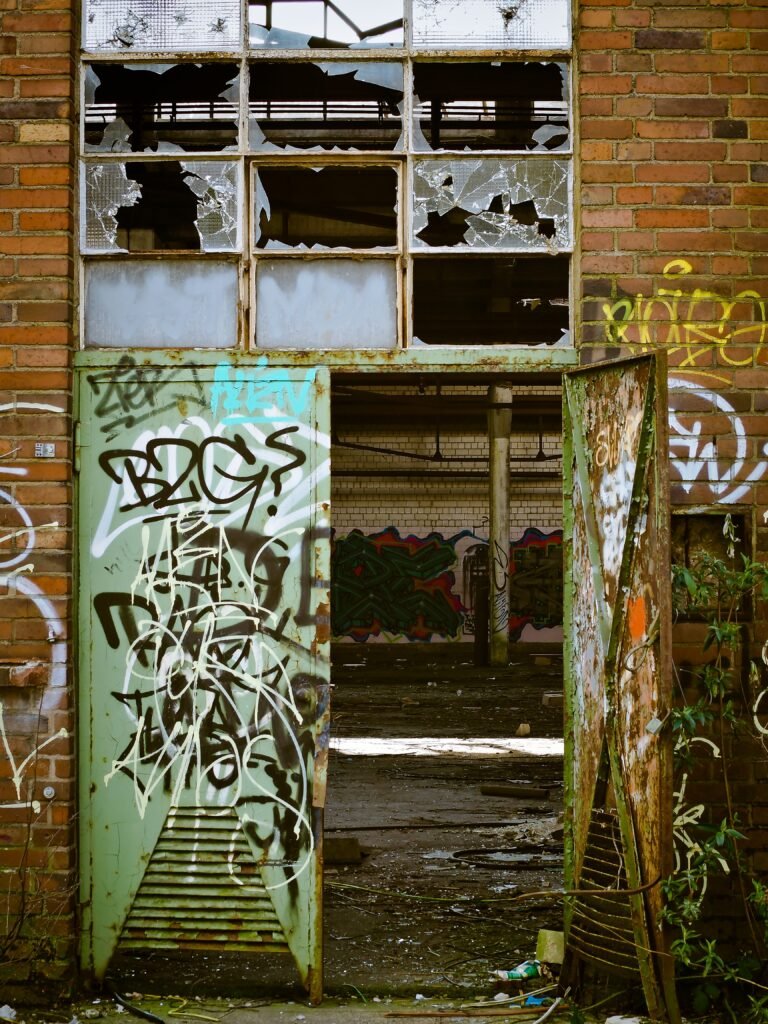
In this post I will eventually get around to explaining how broken window theory can apply to CMMS data quality but first I’d like to share my favourite story about broken window theory, to be honest, I don’t know if it’s a true story or just a good story but it’s certainly one that has stuck with me for many years.
The background story begins!
An affluent government official visits a neighbourhood on the outskirts of his city that was once a peaceful, scenic area, rich with hard working, law abiding people. Prior to reaching the heart of this neighbourhood, he notices on his right an old factory building that looks like it must have been in the middle of a war zone.
He can visualise from the architecture of this building that it was probably once a thing of beauty and it’s was an awful shame to see it in this condition. The reason for him initially driving to this neighbourhood no longer matters, all he can think about is learning the history of this building, “What the heck happened?”
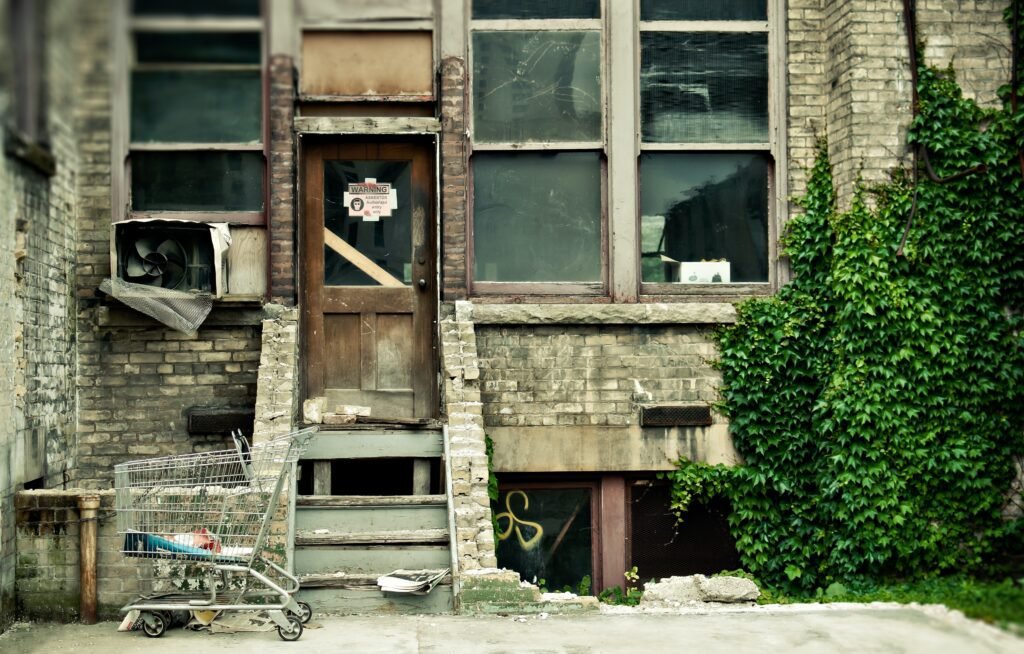
He spends that whole day walking around talking with people asking of this buildings history, what role did it serve in the community and what happened to it. He would learn that it was a family owned textile factory of at least 2 generations and a few years earlier they were forced to close their doors for good due to financial struggles.
He would also learn that he was right about how it once might have looked, he would see pictures of this building from when it was in its prime, a time where 80 odd people used to work there, it truly was quite a beautiful building, the surrounds were all kept immaculately and people loved working there.

Apparently, the building’s previous owners moved to another city and the building sat empty for a long period, collecting dust. People in the neighbourhood would mow the grass every now and then to keep it looking nice but this only lasted a few months. Then, one weekend, someone threw what must have been a rock through one of the upper floor windows.
People told this official that they were initially outraged by what happened, asking, “Why would someone do that?” There was no apparent ownership of the building, so nobody ever gets around to replacing that broken window and people forget all about it.
Then several weeks later, people start to notice that there were now 3 or 4 broken windows in the building and some graffiti on the front door and around the side of the building. It was a huge shame, what once one a feature of the neighbourhood is now starting to look a bit worse for wear.
Over the next few months, the graffiti and malicious destruction intensified; the front door was smashed to bits, virtually all the windows were broken and individuals began using the site as an open-air landfill, even dumping garbage on the inside of that once beautiful building.
People recall it being horrifying to view, at least for a while, before eventually accepting that the old crappy building is just one of the worst elements of the neighbourhood.
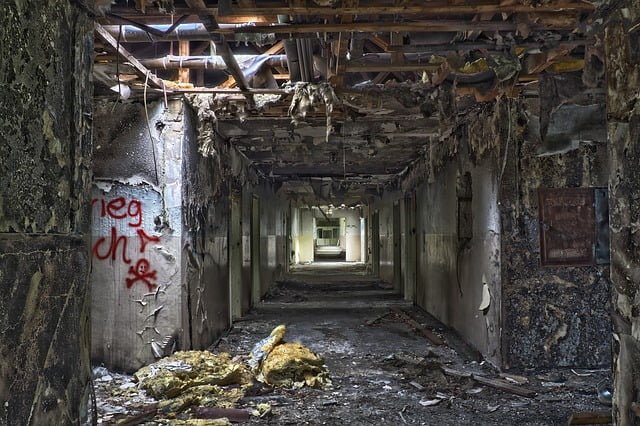
If only there was ownership of the building at the time of that first window being broken, yes it could have been replaced but it could have also triggered a mental alarm for someone to do something about the building being there empty for such a long time. Some sort of inspection and maintenance system could have been in place to keep the building in its existing state and preserve it from failure or decline (the goals of maintenance).

I can relate this story very easily to CMMS journeys. It’s so good when we get a nice shiny brand new CMMS; the project team would have worked very hard to present the users with a very tidy system that works very well. In data terms, it would have been handed over with a place for everything and everything in its place. A good product that was warmly received and heavily used, people loved using it.

Then many new items of equipment are purchased & installed as part of a process engineering de-bottlenecking project. The project team do a great job, they modified the plant, installed the new equipment, tied it all in, commission the project and it all works beautifully.
There was just one problem though; they didn’t have the project funds or the skills within the team to get all of these changes made within the CMMS. The changes to the asset structure, remove the old and create the new equipment, turn off the preventive maintenance strategies for the equipment that was removed or create new strategies for the added equipment. Cataloguing the new spare parts and making the old ones obsolete and so on.
In total that one project had hundreds of CMMS actions that needed to be done.
The project team had captured all of the changes that should happen within the CMMS on a word document and hands this over to the maintenance superintendent as part of the handover from Projects to Operations.

The Maintenance Superintendent is not exactly happy about all this, he/she has a good understanding of the CMMS and can see that performing all of these changes, including doing the FMECA work for the new equipment strategies is going to absorb hundreds of hours.
He/She knows that all of their team members are very busy and it’s hard to imagine them having the time to do this work in addition to their core work. So they will have to get it done via CMMS consultants, they get three quotes and cannot believe that they have to now wear these costs as part of their operational budget, they made no allowance for this type of stuff.
In the end, they settle on an abbreviated scope for these consultants, they just cannot afford to get it all done in this financial year, they decide that they will get their team members to fix up bits and pieces of the remainder here and there as they have time.
Guess what, 3 years later and that initial project data work is still not complete, 20+ other projects have been carried out in that time and less than 50% of that data work has been completed.
Then things finally change

They now get Senior Management Team approval that all new process engineering projects must have an agreed upon allowance for CMMS data work.
The problem is that it’s all too late; there have been many staff changes in the last few years and these days, not many people there think too highly of their CMMS.
There’s no real point spending a lot of time and money training people on how to use it because they don’t really use their CMMS that much any more; they tend to work a lot outside of that system because it’s no longer fit for our purpose.
If only there was better ownership of the CMMS at the time of that first engineering project not having all the data changes made (the first broken window).
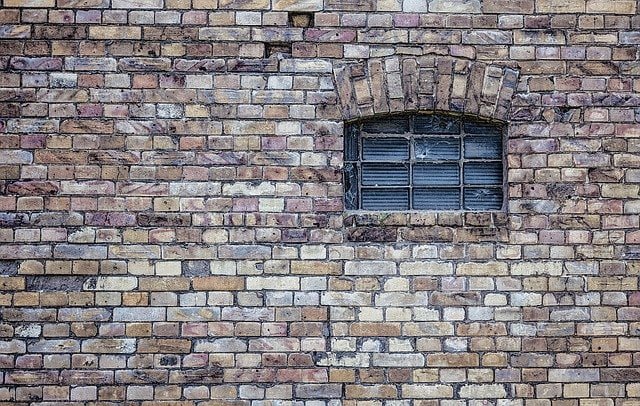
Yes, it could have been completed but it could have also triggered a mental alarm for someone to do something about the fact that it’s very likely there will be more engineering changes over the years to come and all that data will need to be managed.
If only they could have implemented some kind of data management system that could have been used to keep the CMMS in its current state and keep it from failing or declining (the goals of maintenance).




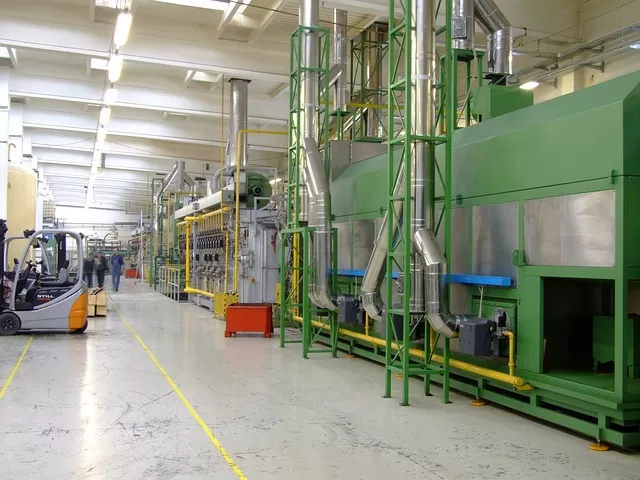
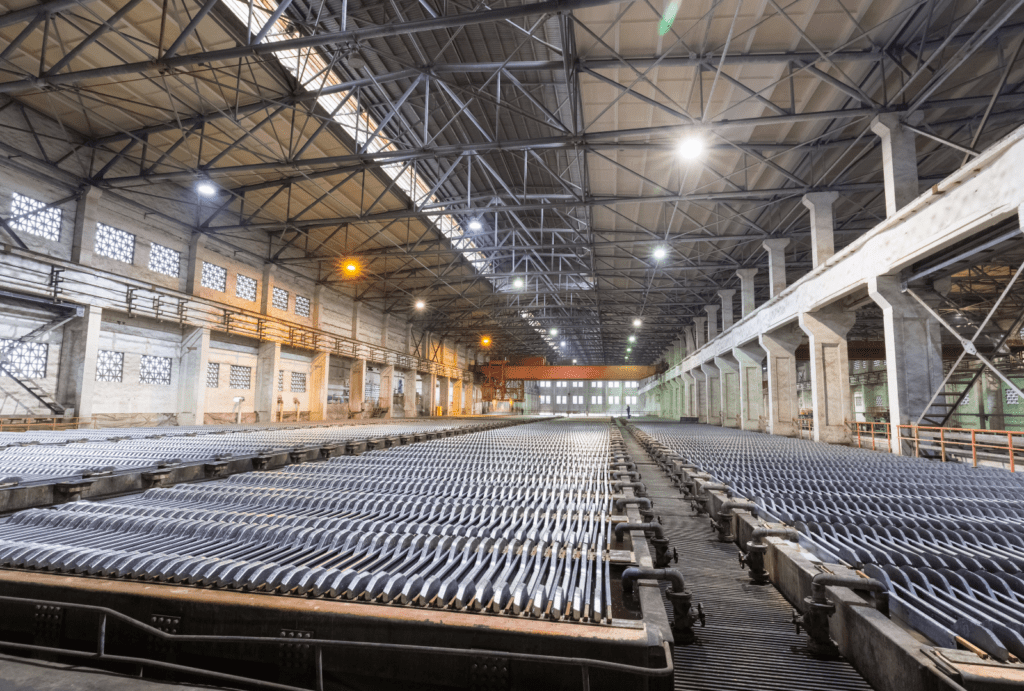
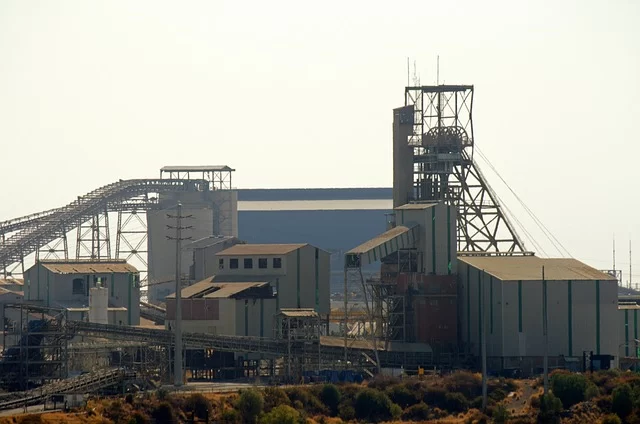

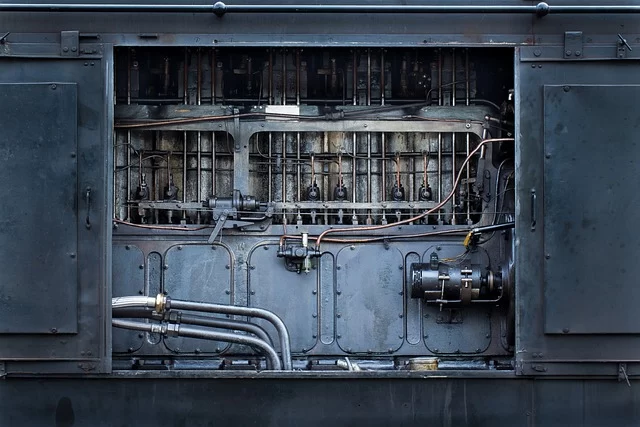
[…] 3. Once you’re okay with one piece of damage to your car, it’s possible that you’ll end up being okay with two, three, or more pieces of damage over time, and before you know it, your car is a shambles. This phenomenon is sometimes referred to as the broken window theory and there’s an article on this here. […]
[…] Broken Windows Theory – Maintenance Systems Effectiveness. Broken window theory. Analyse maint2. Analyse maintenance performance. Execute & Complete Maintenance Work – CMMS SUCCESS. Execute and Complete Maintenance Work. Get the most out of your Assets – CMMS SUCCESS. Get the most out of our assets. Your boss needs solutions not problems – CMMS SUCCESS. Dealing with complaints at work. Asset Management Training for Mainteannce Planners. Asset Management Training for Planners – CMMS SUCCESS. Operations Run down and Start up Plans. […]